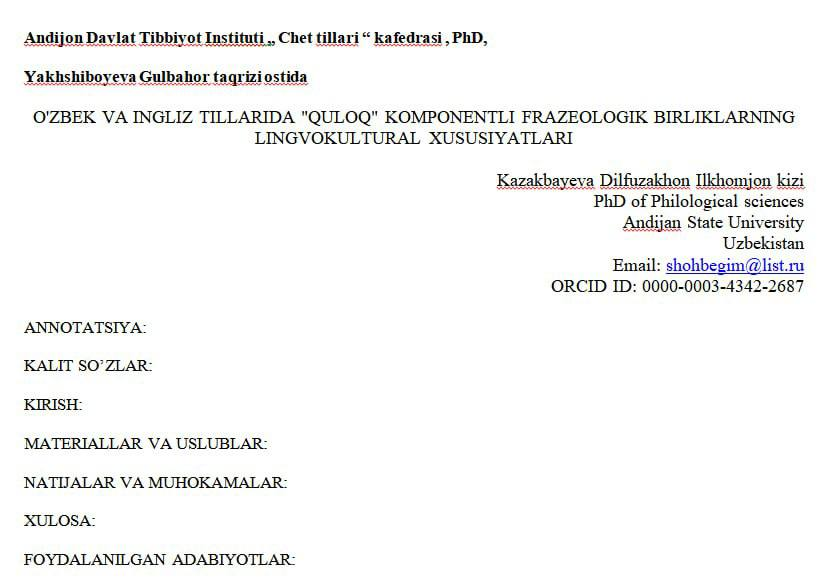INCLUSIVE TEACHING OF FOREIGN LANGUAGES AND STRATEGIES TO COPE WITH ALL SORTS OF LEARNERS
Keywords:
This exploration will encompass an analysis of the diverse learner continuum, spanning from those with specific learning needs to students with varying cultural, linguistic, and cognitive backgroundsAbstract
The pursuit of inclusive teaching within the realm of foreign language education has emerged as a crucial endeavor in ensuring equitable access, meaningful engagement, and academic success for all learners. This abstract aims to explore the multifaceted landscape of inclusive language pedagogy, delving into effective strategies to accommodate diverse learner profiles, thereby cultivating a supportive and enriching learning environment. This exploration will encompass an analysis of the diverse learner continuum, spanning from those with specific learning needs to students with varying cultural, linguistic, and cognitive backgrounds. By drawing from existing research and best practices, this exploration will highlight the transformative impact of adaptive technologies, culturally responsive materials, and flexible assessment methods in cultivating a linguistically diverse and inclusive learning environment.
References
Gay, G. (2010). Culturally responsive teaching: Theory, research, and practice. Teachers College Press.
https://files.eric.ed.gov/fulltext/EJ912015.pdf
https://link.springer.com/referenceworkentry/10.1007/978-981-13-1179-6_39-1#auth-Lani-Florian
Levy, M., & Stockwell, G. (2006). CALL dimensions: Options and issues in computer-assisted language learning. Routledge.
Meyer, A., Rose, D. H., & Gordon, D. (2014). Universal Design for Learning: Theory and Practice. CAST Professional Publishing.
Tomlinson, C. A. (2005). Differentiated instruction in mixed-ability classrooms. Pearson.
Nozimjon o’g’li, S. S., & Xasanboy o’g’li, A. A. (2021). Quantitative Indicators of Villi Cells in the Intraepithelial Part of the Small Intestine. EUROPEAN JOURNAL OF INNOVATION IN NONFORMAL EDUCATION, 1(2), 19-21.














